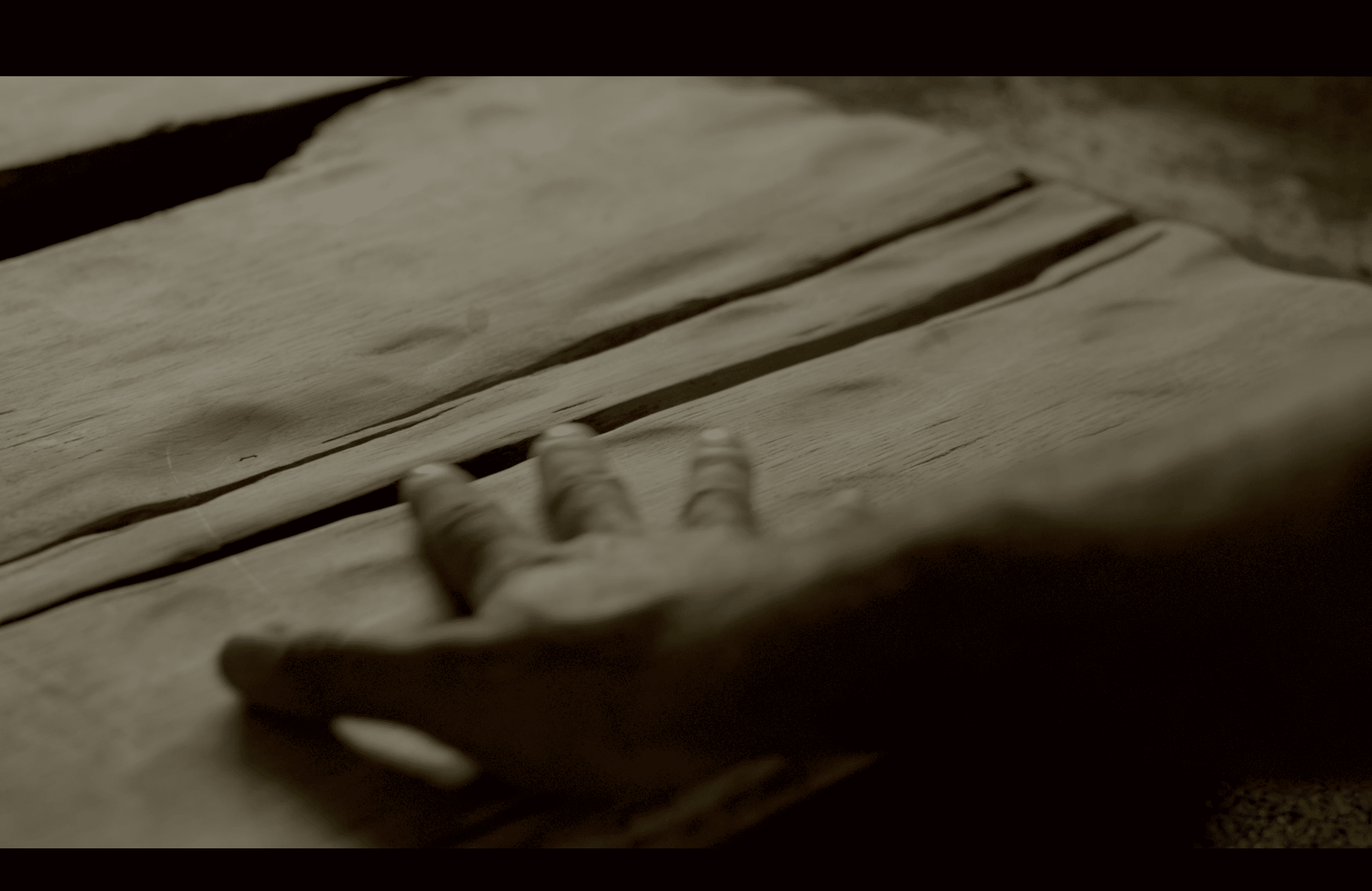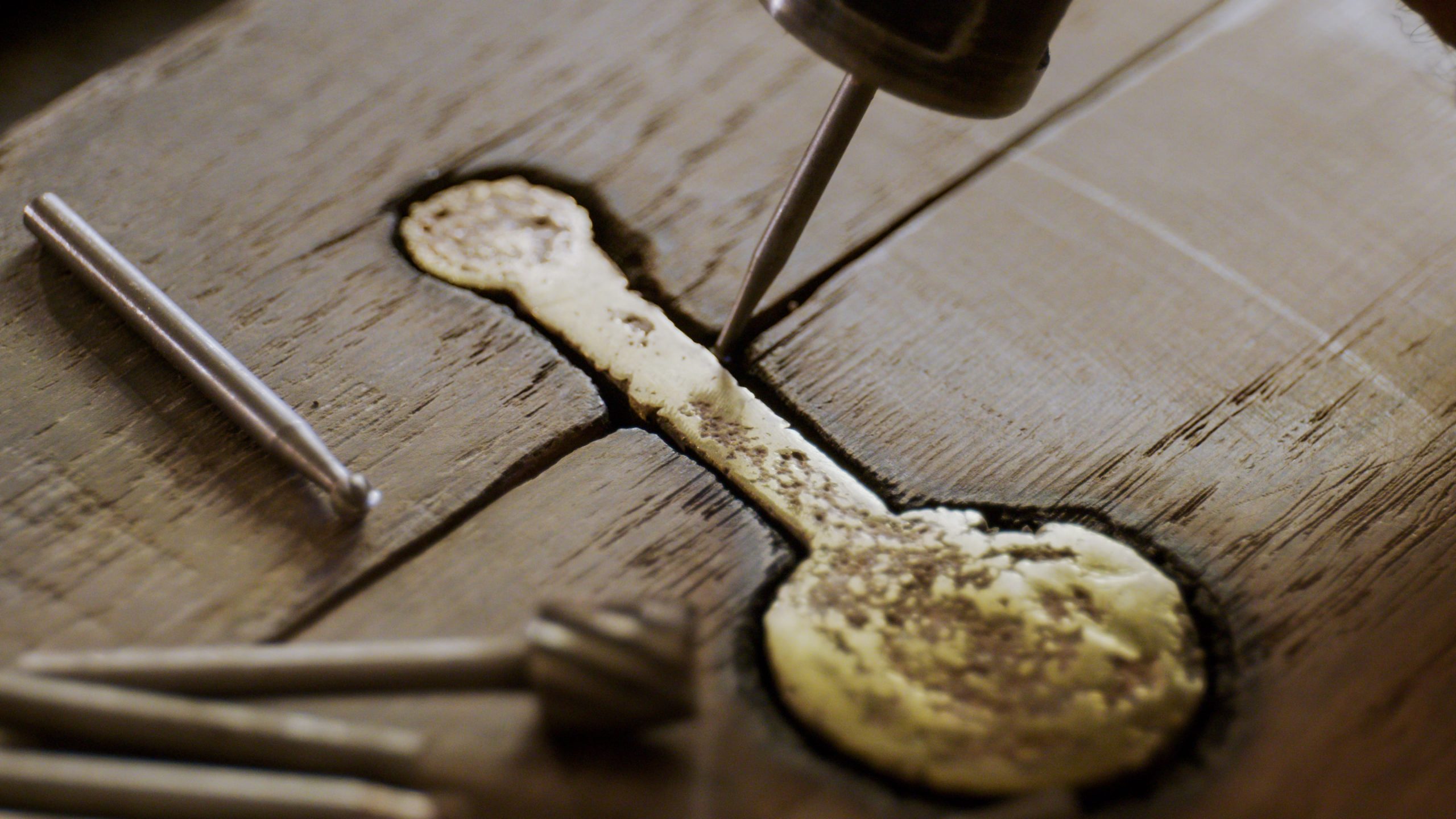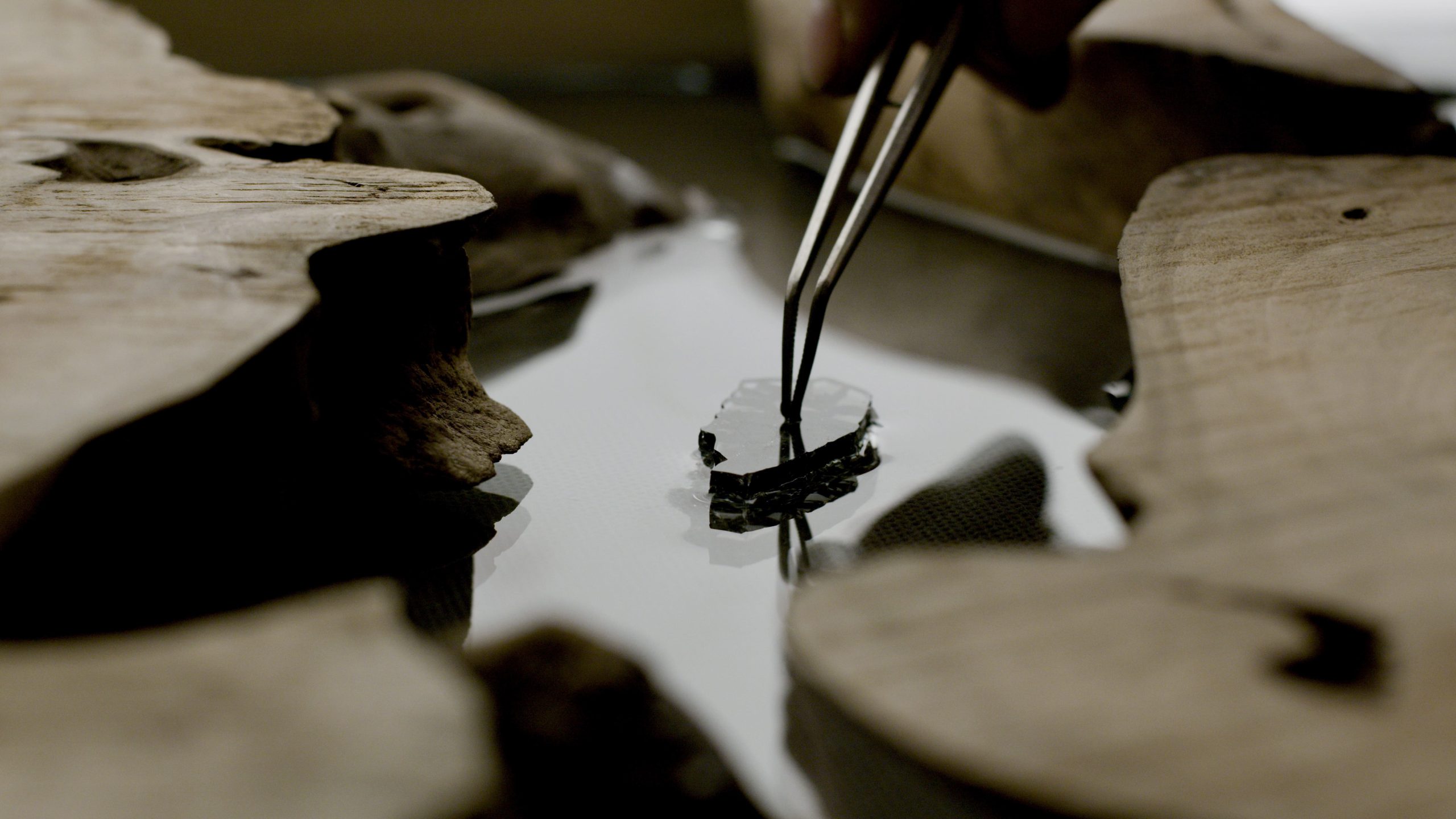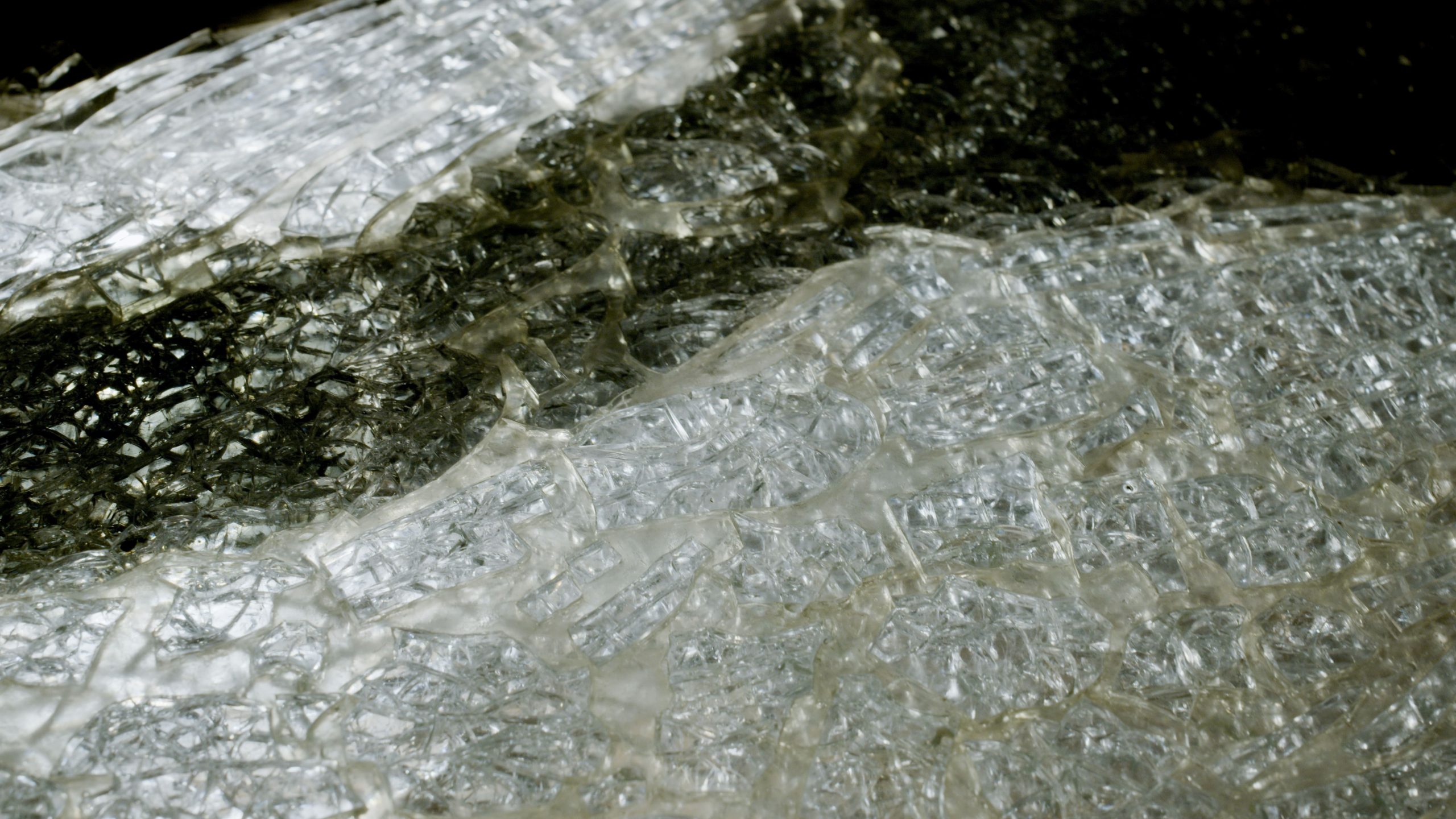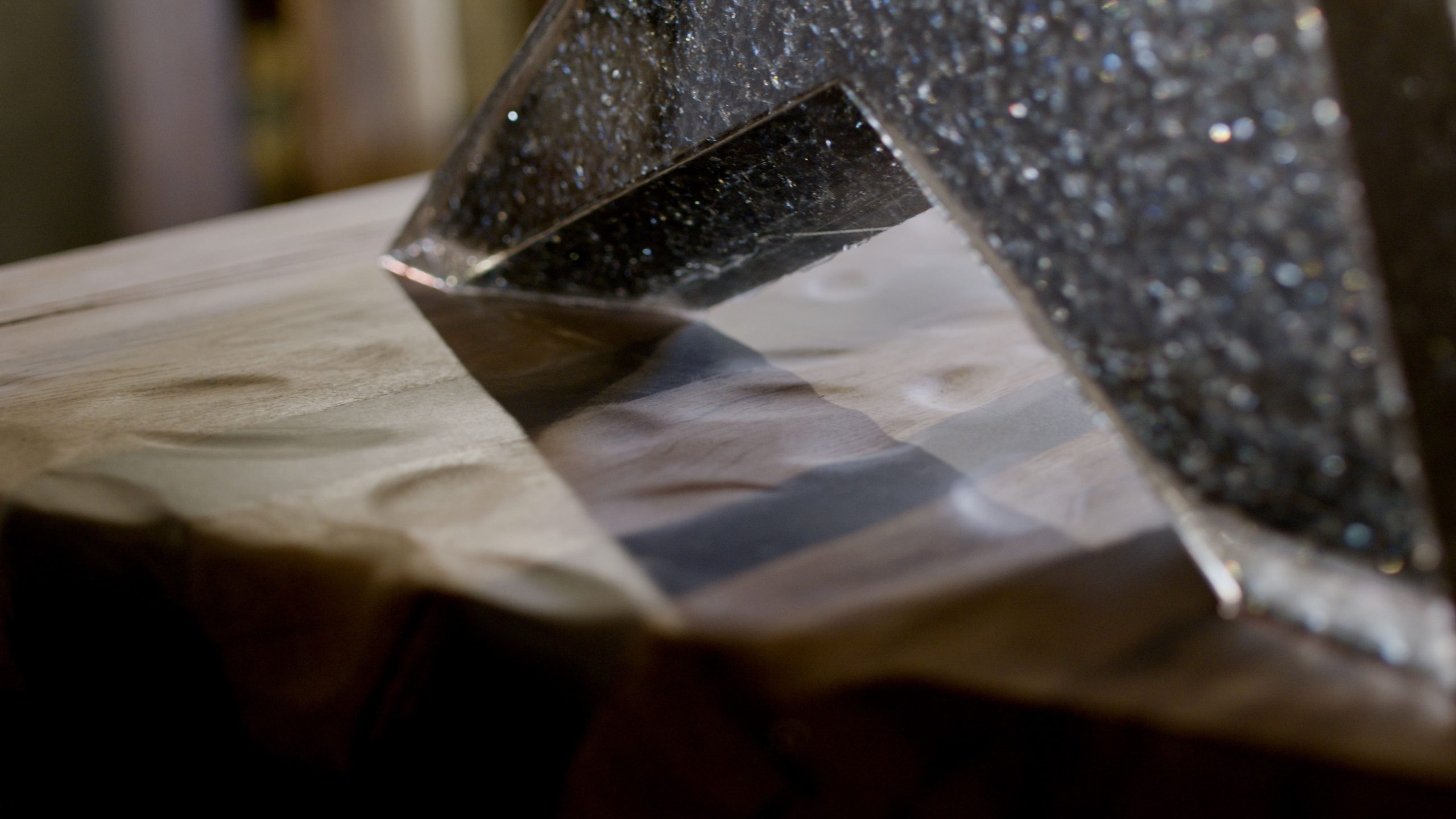My father, who has witnessed all my madness over the past ten years, once imposed an opinion on me—something I carried as a burden. Not because he imposed it, but because he is one of the most complete craftsmen I know.
“If you want your tables to be exceptional, give them legs that are graceful yet bold, and joints that are as resilient as they are remarkable.”
From that moment on, this thought troubled me, as I mentioned in my previous blog.

I had my playground—I had developed many of my own techniques in working with glass, wood, and metal. But the only things left were the legs and the joints to complete my story.
At that time, I was working with highly valuable fossilized wood and massive slabs. I wanted to lighten them, to create an illusion that the slab was floating on elegant legs.
Within the walls of my workshop, where ideas took form, the idea simply entered through that window, in the form of rays that plunged into the slab. This is not a metaphor—I truly made legs that looked like rays, with no exaggerated, prominent joints to the table. Instead, they sank into the underside of the slab, leaving the “playground” I spoke of in the previous blog undisturbed.
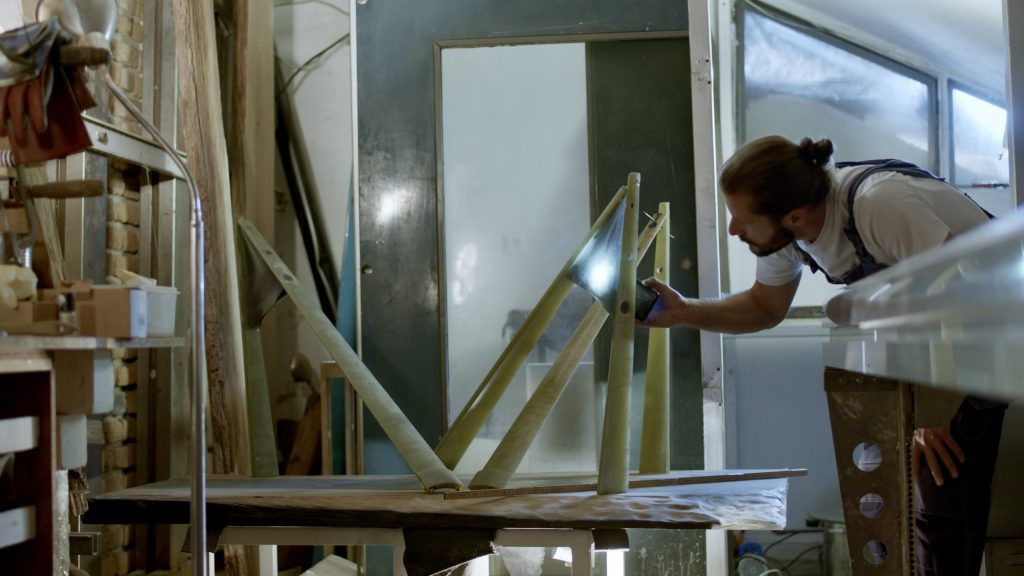
I don’t know how to justify my decision, but I assume that, as a craftsman and artist, I don’t always need to justify myself on paper. I simply decided that one leg of the slab I wanted to position would be the original, while the other legs would be copies of that leg in a different material. Over time, this became a pattern for most of the tables I create. And I admit—those replicas were often an even greater challenge than the original leg, to which I initially wanted to devote all my attention.
A concrete example, so this blog doesn’t turn into poetry:
I made a replica of a leg in copper, spending over 200 working hours modeling in wax, taking imprint molds, casting, hammering, and finishing, just to create “copies” of a single leg. Quite an effort, wouldn’t you say?
With such legs, I completed a concept, which I mentioned at the end of my previous blog. Perhaps I will write about that concept—called “sculptural tables”—in my next blog.
Thank you for reading,
Nemanja Lakić


